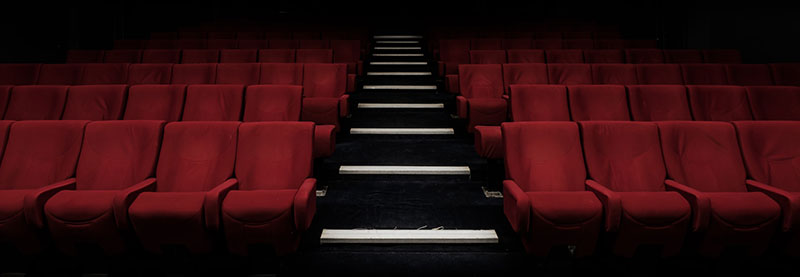Intellectual Property Insights from Fishman Stewart PLLC
Newsletter – Volume 23, Issue 17
Share on Social

Innovating Barbie: Patents on the Plastic Fashionista
By: Norm K. Freda
The recently released Barbie movie has taken the world by storm, grossing $350 million in the US and $774.5 million worldwide in just ten days. Before Barbie danced her way onto the silver screen, however, she graced the pages of less popular media – the Official Gazette of the United States Patent Office, a weekly journal that publishes select portions of patents issued that week.
As the saying goes, you must learn to walk before you can run. Barbie took that saying a step further, or rather a step backward, as she would first need to learn how to stand. Early on, the Barbie doll had trouble standing upright on her own since she wore high heels and stood on her tiptoes. The first Barbie patent filed in 1959, US 3,009,284, sought to address this problem. This patent describes a doll stand that supports a Barbie doll in “a balanced, realistic position.” The stand includes a platform with two pins that are inserted into bores in the Barbie doll’s feet and a stand with a pair of hooks that support the doll’s underarms.
Once she was able to stand on her own, Barbie became a bit more mobile and posable. A US patent, US 3,277,601, granted in 1966 discloses a Barbie doll with “life-like” limbs that are “adapted to reproduce the natural movements and contours of a human limb and yet maintain a selected position.” The doll’s legs each have an internal support structure with a thigh shaft and a shin shaft that are pivotably connected to one another to provide the doll with functional knees. US 3,628,282 built on this concept adding a variety of different joints to provide the Barbie doll with functional shoulders, elbows, wrists, hips, knees, and ankles and to enable the doll’s head to turn and tilt without creating a gap.
Barbie’s Dreamhouse has even appeared in the Official Gazette. The second iteration of Barbie’s dreamhouse, the subject of US 3,363,360, was foldable into a suitcase-style package with a carrying handle for convenient storage and travel. Complete with a living room, bedroom, kitchen, patio, slidable patio door, an open-and-close closet, and working cabinet doors, Barbie’s dreamhouse was truly a marvel. Some may not feel it’s quite a ‘dreamhouse’ though due to its cardboard construction.
From Official Gazette patents to her signature shade of pink flooding the box office, Barbie has been a smashing success.
Norman K. Freda is an attorney at Fishman Stewart and practices in the fields of patent, trademark, copyright law, and litigation. He holds a BS degree in Applied Engineering Sciences from Michigan State University. Check out his bio.
Related Content from Fishman Stewart
People have long pondered whether or not the Giza pyramids were indeed solely burial chambers, which was the only known, and archaeologically determined, use—until now.
As the story goes, Klein was so taken with the indescribable blue of the sky over the Mediterranean in Nice, France, that he dedicated his artistic talent developing a blue that would imbue the canvas with this color in its purest form.
Despite her pseudo-legal background in Suits, Meghan has been running into one issue after another in her efforts to register the trademark and logo for her new lifestyle company, for now, called “AS EVER”.
By 1930, efforts began in New York to replace Mother's Day with Parent's Day because men were more than just breadwinners. Those efforts didn't catch on, probably because in that era, women often spent more time in the home.
In February, Nike and Skims announced that they will be working together on a new brand, NikeSkims. The co-brand will create a new line of training apparel, footwear, and accessories specifically designed to meet the unique needs of women athletes.
Generally, federal courts have exclusive jurisdiction over copyright cases, and often, this presents an insurmountable paywall for individual artists and small businesses to vindicate their rights, especially where the value of the individual copyrighted works are relatively low.
Dedicated to raising public awareness about the importance of encouraging innovation and creativity throughout the world, the World Intellectual Property Organization (WIPO) annually observes World Intellectual Property Day on April 26 to showcase the role that patents, trademarks, industrial designs, copyrights and trade secrets play in our everyday lives.
Hold onto your foam fingers, sports fans – college sports just got a whole lot more interesting! The latest updates to Name, Image, and Likeness (NIL) rules are making student-athletes bigger than ever, and it’s not just about the game anymore.
Did a federal court in Louisiana recently decide that US copyrights are global rights? It seems so.
L.A.B. Golf aims to protect its innovations, and therefore its market position, owning three patents for its zero-torque design. The question now is whether L.A.B. Golf can withstand the wave of copycat designs.
IDENTIFYING, SECURING AND ADVANCING CREATIVITY®

















